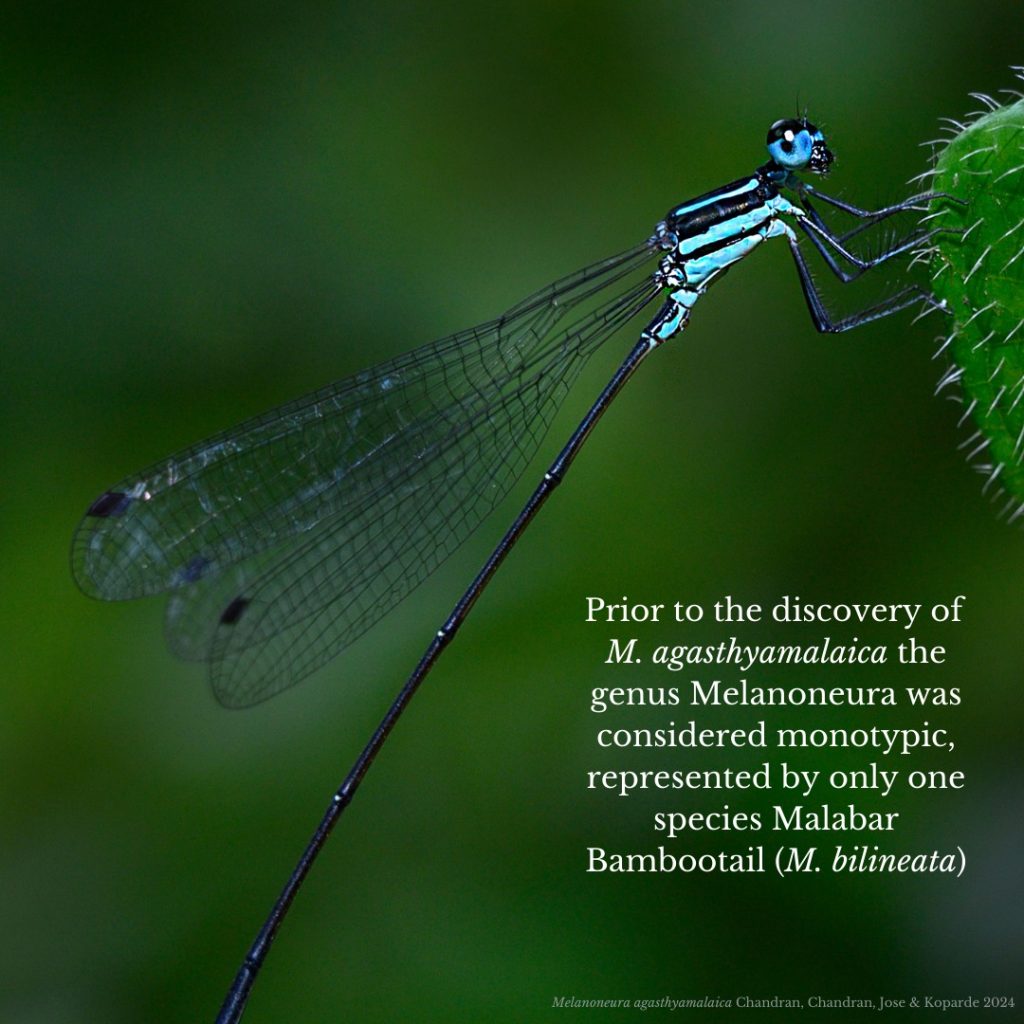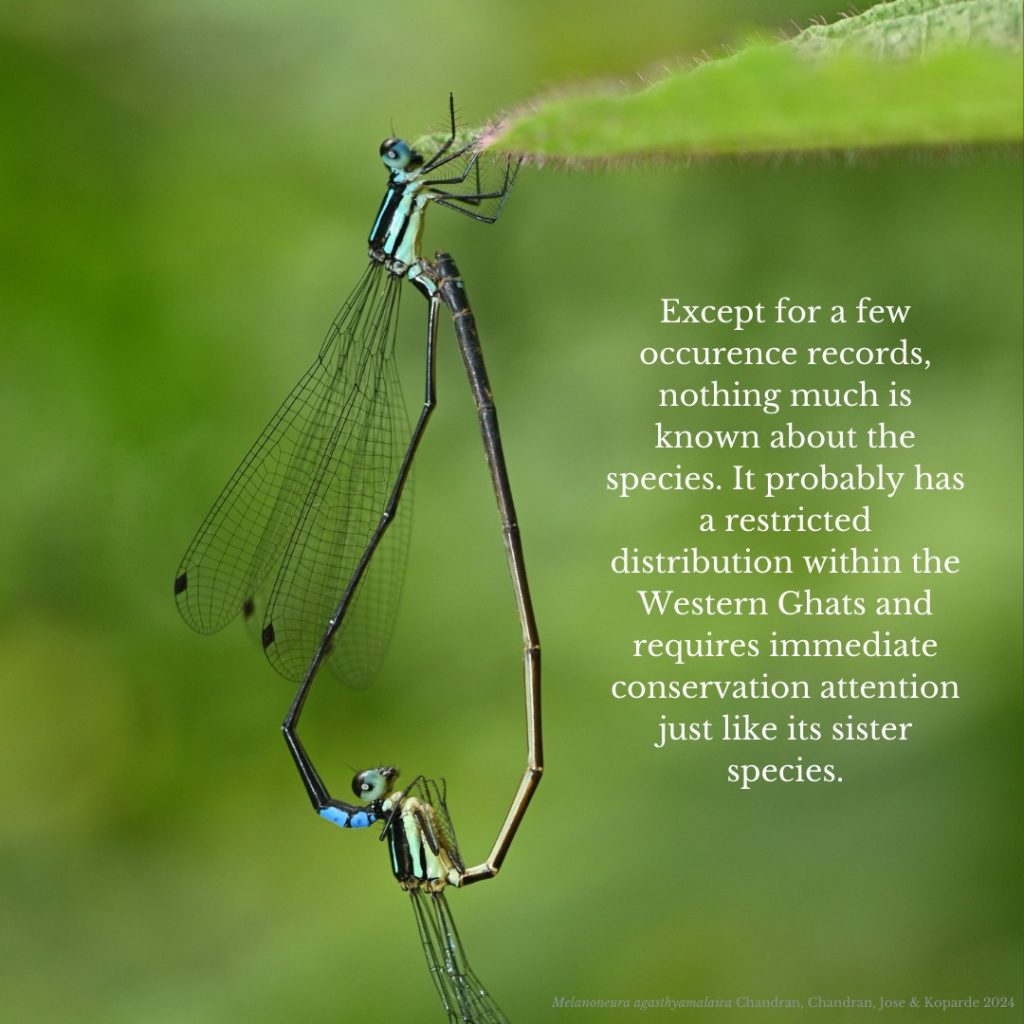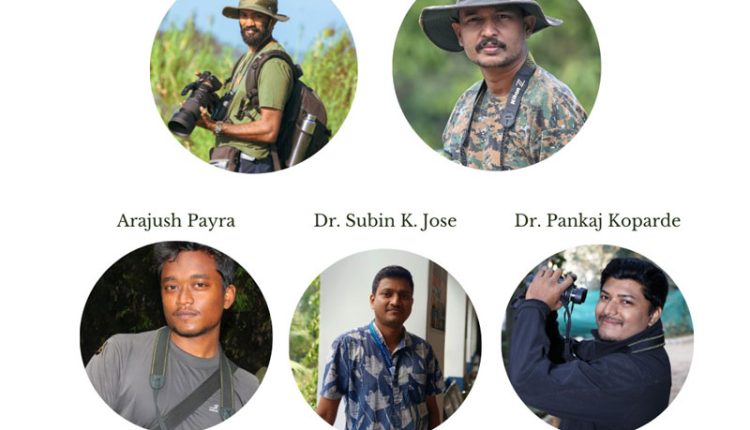Scientific Breakthrough: MIT-WPU & Christ College Researchers Discover New Damselfly Species in Kerala
Kerala/Pune: In a remarkable scientific breakthrough, a team of scientists, including researchers from MIT World Peace University, Pune and Christ College, Kerala, has discovered a new species of damselfly in the Western Ghats of Kerala. Named the “Agasthyamalai Bambootail,” this newly discovered species was found in Manjadininnavila, a region in the Thiruvananthapuram district of Kerala, near the Peppara Wildlife Sanctuary.
The scientific name of the species, Melanoneura agasthyamalaica, honors the Agasthyamalai landscape of the Western Ghats, where it was discovered, said Vivek Chandran, the lead researcher. The research team included Dr. Pankaj Koparde and Arajush Payra from MIT World Peace University, Pune; Reji Chandran from the Society for Odonate Studies; and Vivek Chandran and Dr. Subin K. Jose from Christ College (Autonomous), Irinjalakuda, Kerala.

The Agasthyamalai Bambootail is closely related to the Malabar Bambootail (Melanoneura bilineata), the only other known species in this genus, which is found in the Coorg-Wayanad region.
The new species is part of the bambootail group, distinguished by its long cylindrical abdomen resembling a bamboo stalk—a feature that inspired its common name.
This discovery adds a second species to the genus Melanoneura, previously represented only by the Malabar Bambootail.
It is unique not only because of its striking appearance but also due to the genetic differences observed between it and the Malabar Bambootail. Over 7% genetic variation was found in the mitochondrial cytochrome oxidase-I gene between the two species. The Agasthyamalai Bambootail has a long black body with brilliant blue markings and differs from the Malabar Bambootail in the structure of its prothorax, anal appendages, and secondary genitalia.

The Agasthyamalai Bambootail was first observed in streams flowing through home yards into the Karamana River, an ecosystem outside the reserved forest area. This region falls under the Aryanad Grama Panchayat and is adjacent to the Peppara Wildlife Sanctuary, emphasizing the significance of ecosystems outside protected areas in conserving biodiversity. In addition to Manjadininnavila, the species has also been recorded in Ponmudi Hills and Bonacaud, both part of the Agasthyamalai landscape.
“The discovery emphasizes the urgent need for conservation efforts in the Western Ghats, a globally recognized biodiversity hotspot. The new species has a restricted range, with records suggesting it may be found only in certain regions within the Agasthyamalai landscape. Protecting both this species and its habitat is essential for the survival of the Agasthyamalai Bambootail,” stated Vivek Chandran from Christ College, Kerala.

“Additionally, this discovery underscores the crucial role of non-reserve ecosystems, in sustaining biodiversity. Conservation efforts must go beyond the protected forest boundaries to include the broader landscape that supports such species,” remarked Dr. Pankaj Koparde from MIT World Peace University.
The discovery by a team of scientists, including researchers from MIT-WPU and Christ College, not only reflects important scientific endeavours by educational institutions but is also essential for supporting species like this damselfly and maintaining the balance of ecosystems across India’s landscapes.

